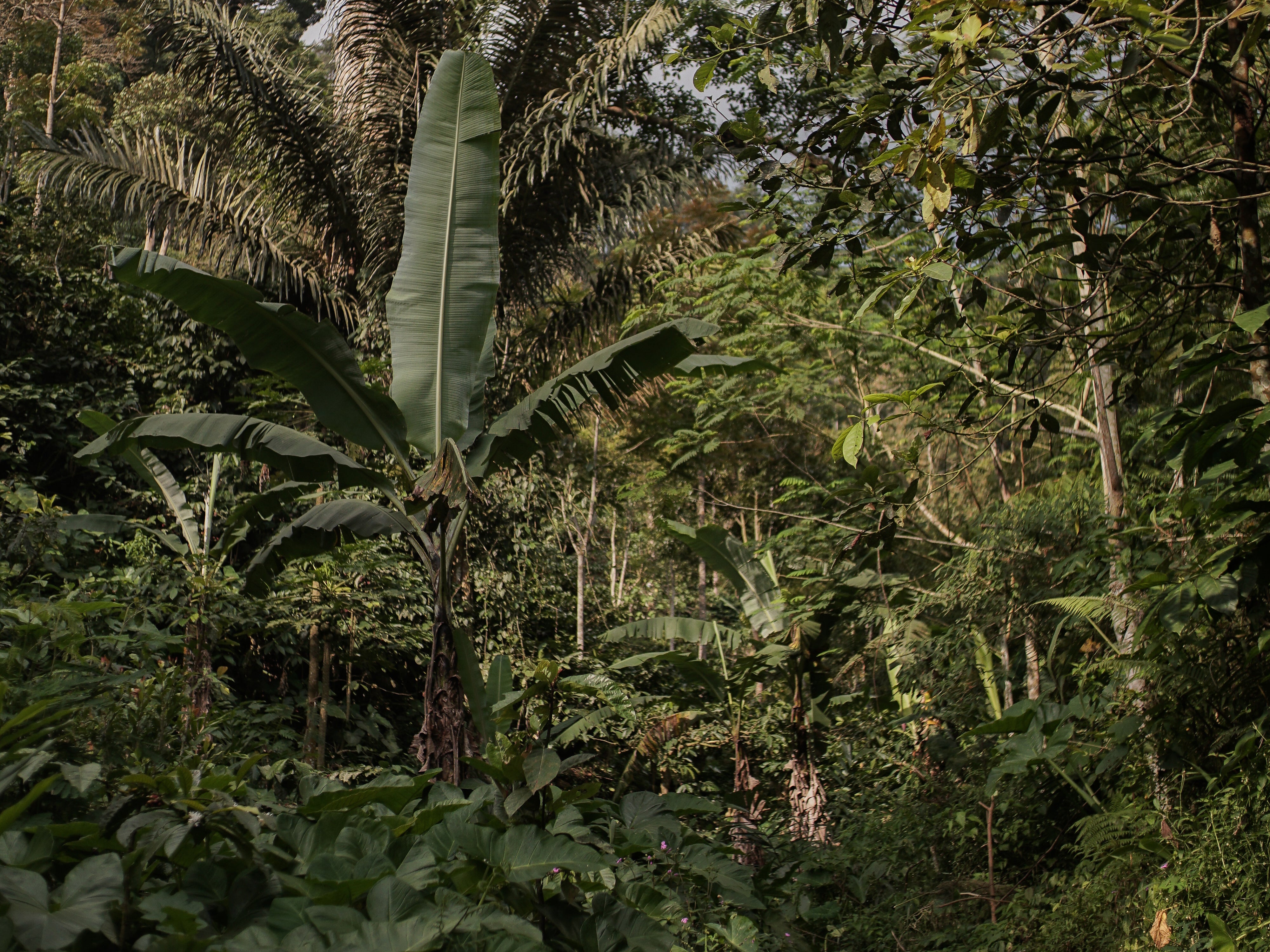
From plastic straws blocking the nose of an innocent sea turtle to tons of invisible microplastics reaching the oceans every day – you’ve probably heard how plastic is jeopardizing maritime ecosystems the world over.
Yes, it’s bad. And it already affects us more than many people realize. Microplastic can now be found pretty much anywhere – in the arctic, fish, honey and even beer. And it’s in our bodies, too.
The big question is: What can you do about it?
Here are a few simple (and potentially surprising) things everyone can do to fight the plastic crisis:
1. Choose Natural Fibers over Plastic
Polyester (aka plastic) has become the most popular fiber in fashion today – which really isn’t great news for neither you nor the environment:
Polyester & You
Wearing polyester, nylon or acrylic essentially menas wrapping yourself in plastic – which doesn’t allow your skin to breathe naturally. And since these synthetics repel water, they’re actually really hard to clean – making them a great breeding ground for bacteria.
Natural fibers like linen, cotton or sylk are a lot more breathable – they’re pretty much what we’re meant to wear. And the good news: They require less energy to make and don’t shed tons and tons of plastic into the ocean.
Polyester & the Environment:
Around 16% of plastic produced today is for textile fiber – i.e. polyester and nylon clothes. Yet 75% of microplastic found in the arctic can be linked to your clothes. Because with every wash, an average polyester shirt sheds thousands of microplastic pieces into the water – which eventually find their way into the sea.

Annualy, 2.2 million tons of microplastics end up in the ocean this way – finding its ways in fish and even plants – and creating all kinds of problems we’re only beginning to understand.
2. Use Washing Bags:
We all have polyester clothes in our wardrobe. Especially gym clothes and swimwear pretty much are no longer made of any other material. The good news: There are pouches that can hold back most of the microplastics and keep them from seeping into the environment.
Pro-Tip: Do check labels! Lots of clothes are made of blends, e.g. 70% polyester, 30% cotton (just like my Sweater with the huge apples on it!). Those should be washed in your washing bag as well (or ideally never be purchased in the first place – if at all possible).
3. Eat less fish
Wait, what?! What does that have to do with anything? Well, in a recent study it was shown that more than 10% of the plastic in the ocean comes from abandoned fishing gear – so called ghost gear. In the Great Pacific Garbage Patch it’s even +50%!
Especially industrial fishing has a really big impact on the environment and many sustainability certifications are not worth the cans they’re printed on. That’s why reducing the amount of fish you eat can really help the oceans recover.
4. Sign a petition
Let’s face it: Plastic is a huge issue and while every little action counts, there is only so much we can do alone. Getting our governments to take action against the plastic crisis is an important step to solve the issue.
The good news: There are many great petitions you can sign online. For Indonesia for example, Diet Kantong Plastic offers petitions you can sign on a regional and national level.

5. Be mindful and focus on what you CAN do
The plastic problem can be overwhelming. I remember walking into a supermarket after watching Pulau Plastik and feeling completely hopeless. It was hard to find anything that wasn’t wrapped in at least one layer of plastic.
But there are always things that we can do. From bringing your own bags to choosing onions and potatoes yourself – rather than buying our veggies prepacked.
Another way is to purchase your food from a local farm or bulk store – supporting small businesses while reducing waste at the same time.
6. Keep learning:
The more you know, the more you can do! Here are a couple of great resources to help you learn more:
- Diet Kantong Plastik
- Pulau Plastik (Documentary)
- Ecowatch (Microplastics from Fashion)
- WRI on Ways to Reduce Plastic Pollution
- WWF on Reducing your Plastic Footprint
The fight against plastic can be overwhelming. But let’s not forget: We all have a daily choice. To be part of the problem, or to be part of the solution.
Not just on Ocean Day. But every day of the year.




